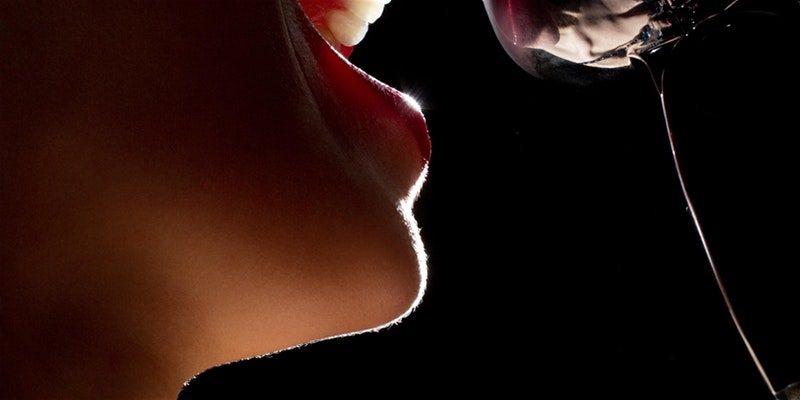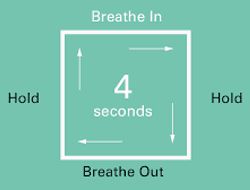
Dr Wheble is a GP who specialises in the physical, vocal and mental health issues for performing artists
Each participant has a copy of our Healthy Practice Diary and is encouraged to set goals and to use the sessions to develop their practice and maintain health and wellbeing. This is supported by BAPAM’s health and wellbeing resources. Participants can also complete a short survey to measure their physical, mental and emotional well-being. This can be completed multiple times to give a measure of the benefit of healthy practice – the lower the score, the better the wellbeing and participants are encouraged to attend BAPAM’s healthy practice webinar series and to seek help from BAPAM’s clinical services if needed. We have been joined by a stellar group of practitioners in health and wellbeing in the performing arts and this is the second in our blogs reflecting on some of the key messages from these experts and the feedback of participants. Participants report that the healthy practice diary “helps me focus on doing one thing well, instead of trying to do everything”. Conscious breathing has proved a useful practice for many in the group who use it every day and when they are feeling overwhelmed. They report feeling calmer, sleeping really well, increasing energy levels and playing more music. Pippa is an expert in conscious breathing and has kindly allowed us to reproduce some of her session in this blog.
- AWARENESS: notice how you are feeling in the moment.
- INTENTION: decide IF and HOW you would like to change what is happening.
- SELF-REGULATION: There are many techniques that you can explore and practice, which will empower you to change your breathing and achieve the outcome that you desire.
- MASTERY: Knowing and practising what works for you and applying it at times of crisis.
- Breath Dance: 3-minute practice
- Choose your favourite tune: We used Happy, Pharrell Williams.
- Breathe in and reach up (making the Y from YMCA)
- Breathe out and bring the arms down (making the I surrender position)
- Repeat in time with the music for 2-3 minutes and have yourself a dance party!
- Then sit down, rest your feet on the floor and your hands on your lap
- Be AWARE of your breath and allow it to FLOW.
This practice can be great when:
- You are tired and need to raise your energy
- You are confused and need to regain your focus
- You are angry or frustrated and need to let it go and relax.
- First thing in the morning to wake up
- Anytime you feel like dancing it out!
- Breath Awareness: 3-minute practice
- Sitting in a chair, with your hands resting on your thighs and your feet flat on the floor
- Close your eyes and bring your attention to your breathing. BE AWARE, JUST NOTICE:
- Are you breathing through your nose or your mouth?
- Feel the cool air as you breathe in and warm air as you breathe out.
- Can you feel the breath coming down into your belly?
- Place a hand on your low belly and feel it rise and fall with your breathing.
- Can you feel you breath expanding in your chest?
- Place and hand over your heart and notice how the chest and belly rise and fall.
- Notice any tension in your body. With each exhale, allow the tension to relax.
This practice can be great when:
- You wake up in the morning or arrive somewhere
- It is a simple way to check in with yourself before you start work or step on stage
- It is helpful when we notice we feel overwhelmed, to assess what is happening.
- It pairs really nicely with the breath dance to make a great 5 minute daily practice.
- Sitting in a chair, with your hands resting on your thighs and your feet flat on the floor
- Close your eyes and breathing through the nose:
- Breathe in for a count of 4
- Hold the breath in for a count of 4
- Breathe out for a count of 4
- Hold the breath out for a count of 4
- REPEAT for 10 cycles
- Then relax the breath and NOTICE.
This practice can be great when:
- You feel overwhelmed, anxious, agitated or upset.
- It is a great way to regain a feeling of calm and in control
- The holds bring a feeling of peace and relaxation, relaxing the nervous system.
- This is a useful exercise for COVID-related breathlessness.
- Sitting in a chair (or lying in bed)
- Close your eyes and breathe through the nose
- Inhale quietly to a mental count of 4
- Hold the breath for a count of 7
- Exhale slowly for a count of 8
- Repeat 4 times or more if needed
This practice can be great when:
- You are struggling to get to sleep.
- Your mind is racing or you feel overwhelmed.
- You need to slow down (or come down) after a performance.
As Pippa points out, there is no “one size fits all” prescription when it comes to Conscious Breathing, but exploring and mastering these simple principles and brief breathing practices can powerfully change the way we feel and perform BAPAM resources mentioned in this article: BAPAM’s Health and Wellbeing Resources BAPAM Community Drop in Wellbeing Survey 2020 BAPAM’s Healthy Practice Webinar Series


